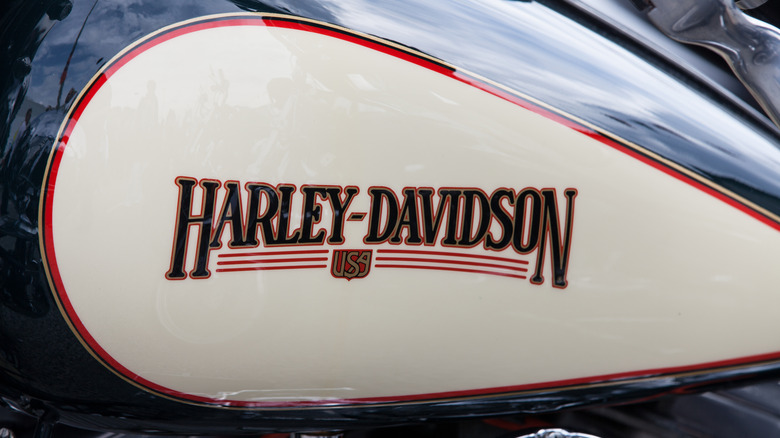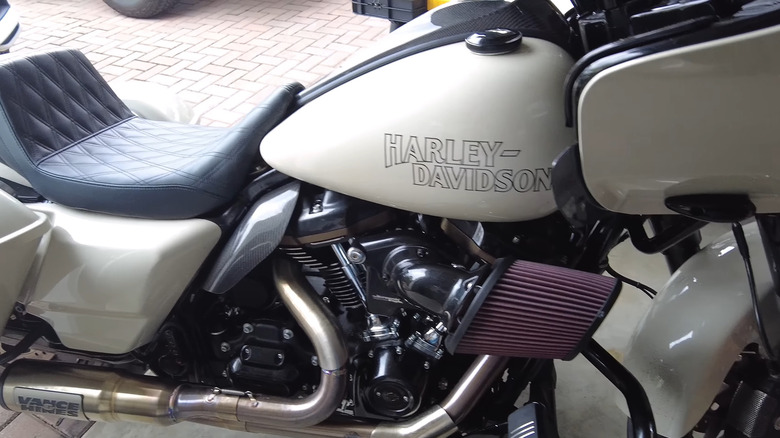Why Do Older Harley-Davidsons Leak Oil?
If you've ever heard the old line that "all Harleys leak," it's not entirely wrong. For much of Harley-Davidson's storied history, some oil on the ground was expected. Early engines used what's called a "total-loss" oiling system, which meant the oil made one pass through the engine and then dumped out onto the road. This was normal for engines of the time, not unique to Harley. When recirculating oil systems appeared in the 1930s, Harleys still carried over certain leaky tendencies.
The engines needed to breathe to equalize crankcase pressure, and Harley engineers allowed that venting to happen through spots that let out oil mist along with air. Rather than fight the leaks, Harley-Davidson leaned into them. For example, Big Twin models had an adjustable screw on the cam cover to meter oil flow directly onto the primary chain. The chain was intentionally fed extra oil, which would then fling off and drain out through a small hole in the case.
A properly set-up bike left a spot on the ground about the size of a coin overnight. For riders, oil was cheaper than chains, so a little mess was considered normal maintenance. Shovelheads even had oilers for both the primary and the final drive chain, ensuring plenty of lubrication, but also plenty of dripping.
Pressure, breathers, and the wet-sump problem
Beyond chain oilers, Harley engines had another reason for leaking: crankcase pressure. With large pistons thumping up and down, pressure spikes inside the engine forced engineers to design breather systems that vented air; and with it, oil mist. On Knuckleheads and Panheads, that breather routed straight to the chain. It doubled as lubrication, but it also meant more oil on the ground. Later, as emissions rules tightened in the Shovelhead and Evolution eras, those breathers were routed back into the air cleaner. That stopped oil from spraying directly out, but created another familiar sight: oily air filters dripping after a hard ride.
Then there's the wet-sump issue: Harleys use a dry-sump system, where oil is stored in a separate tank and pumped into the engine. A small check ball is supposed to hold oil in the tank, but over time, dirt, wear, or a weak spring lets oil seep past. When a bike sits for weeks, the crankcase fills up. At the next startup, the scavenger pump can't clear it fast enough, and the excess blows out through the breather or air cleaner in large quantities. Riders often mistake this for a catastrophic leak, but it's a known quirk of the design.
So yes, older Harleys leak oil. Depending on the case or time period, it was either intentional chain lubrication, crankcase breathing, or a wet-sump overflow. Either way, the spots on the garage floor were how the bikes were engineered to live. And much of that design was due to Willie G., who recently left Harley after serving as their Chief Designer for 49 years.

